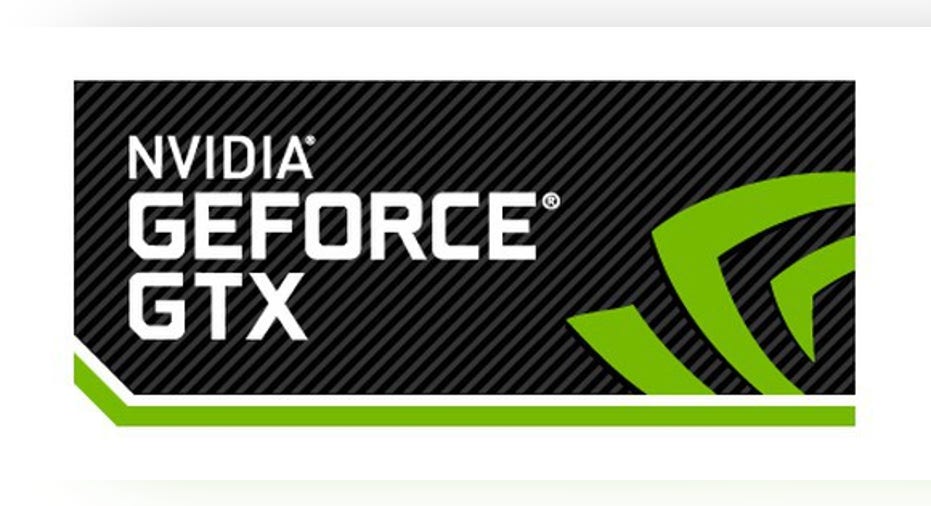NVIDIA Corporation Likely to Skip 10-Nanometer in Favor of 7-Nanometer

Image source: NVIDIA.
Not long ago, I wondered whatNVIDIA (NASDAQ: NVDA) would use for its next-generation Volta architecture. The two possibilities wereTaiwan Semiconductor Manufacturing Co.'stried-and-true 16-nanometer technology, and its upcoming 10-nanometer manufacturing technology.
Technology website Fudzilla reported last month that Volta would, in fact, be manufactured on 16-nanometer rather than on 10-nanometer. This report was later corroboratedby known leaker USG Ishimura on Baidu.
Although it seems that the next step for NVIDIA would be to transition from 16-nanometer to 10-nanometer, it now appears that the company plans to skip 10-nanometer altogether and move straight to TSMC's 7-nanometer technology.
The proof is on the job boards
A little while back, NVIDIA had the following job posting up on its website:
Image source: Author screenshot of NVIDIA's website.
The relevant part is on the third line in which the company talks about its products "manufactured in 28nm, 20nm, 16nm, 14nm and soon 10nm CMOS processes." The implication is that the next stop for NVIDIA's products would be a 10-nanometer manufacturing technology.
However, NVIDIA recently put up an updated version of this job listing. The new listing is largely the same as the old listing, but with one important change:
Image source: Author screenshot of NVIDIA's website.
Notice now that in the third line, "10nm" in the old listing has been replaced with "7nm" in the new listing. To be clear, 7nm wasn't added to the list of manufacturing nodes: It replaced 10nm.
It makes sense for NVIDIA to skip 10-nanometer altogether
TSMC has indicated that 10-nanometer is going to be a fairly short node used primarily by mobile applications processor customers: think MediaTek, Apple, HiSilicon, and so on. Ten-nanometer is expected to go into production in early 2017 and last about a year as TSMC's flagship process, before 7-nanometer goes into production in the first half of 2018.
Given that NVIDIA is reportedly building Volta on 16-nanometer rather than on 10-nanometer, I wouldn't expect NVIDIA to release a product on a post-16-nanometer manufacturing technology until sometime in 2019. At that point, 10-nanometer should be in the rearview mirror and 7-nanometer should be good to go.
The only way 10-nanometer would make sense for NVIDIA would be if it planned to use it to build Volta in the 2017 or early-2018 timeframe. Any later than that, and NVIDIA is better off waiting for 7-nanometer, which should bring both performance enhancements and chip-area reductions.
NVIDIA looks to be on a "tick-tock" schedule now
At this point, it's really looking like NVIDIA is adopting a "tick-tock" model similar to what Intelhad in place before the 14-nanometer generation. That is, instead of doing one product family on a given manufacturing technology and waiting for a new manufacturing technology to bring out a new architecture, NVIDIA will do two families on a given manufacturing technology.
This strategy worked out quite nicely during the 28-nanometer generation (Maxwell delivered a massive performance-per-watt boost over Kepler, even though both were on the same manufacturing technology) and I'm optimistic that it'll work out well at 16-nanometer and beyond.
A secret billion-dollar stock opportunity The world's biggest tech company forgot to show you something, but a few Wall Street analysts and the Fool didn't miss a beat: There's a small company that's powering their brand-new gadgets and the coming revolution in technology. And we think its stock price has nearly unlimited room to run for early in-the-know investors! To be one of them, just click here.
Ashraf Eassa owns shares of Intel. The Motley Fool owns shares of and recommends Apple, Baidu, and Nvidia. The Motley Fool has the following options: long January 2018 $90 calls on Apple and short January 2018 $95 calls on Apple. The Motley Fool recommends Intel. Try any of our Foolish newsletter services free for 30 days. We Fools may not all hold the same opinions, but we all believe that considering a diverse range of insights makes us better investors. The Motley Fool has a disclosure policy.



















